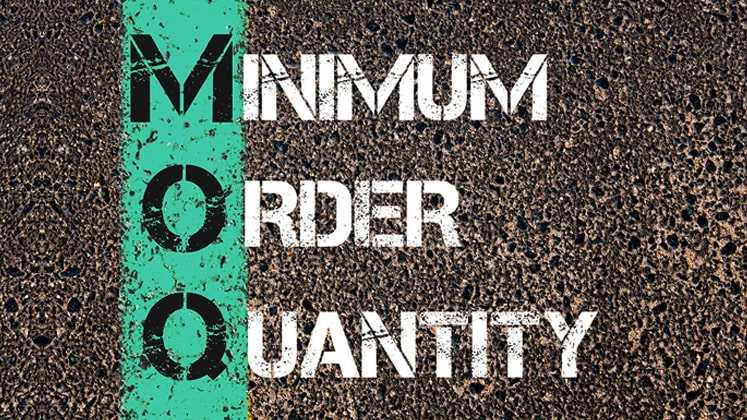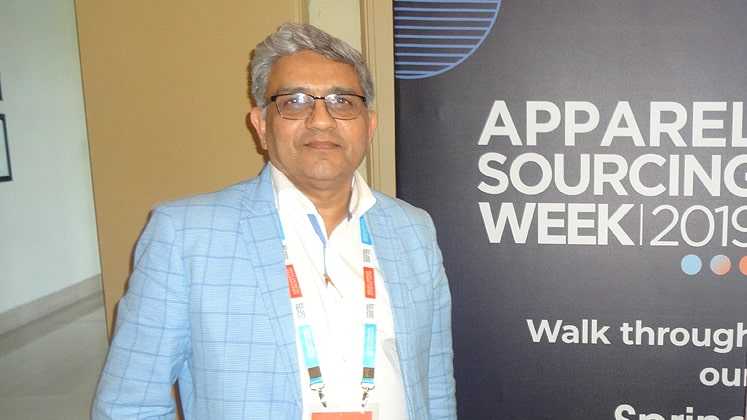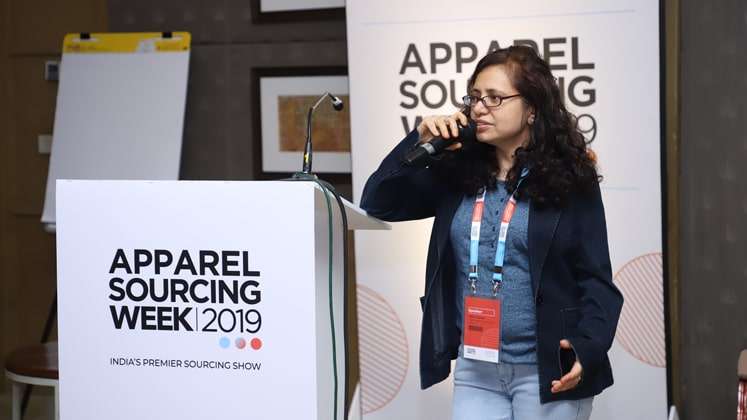
Sourcing from Bangladesh… a lot has been said and done on this buzzing topic. Every major retailer and brand in India is already following the trend while many more are in the process to join the league. Even SMEs and start-ups are exploring how they can jump on the bandwagon. However there are some companies which are facing issues (at an individual level) with relation to sourcing from Bangladesh. One such issue is of MOQ (Minimum Order Quantity) as Bangladeshi exporters are used to doing bulk orders mainly. Their standard order size is at least 5,000 pieces per style, while for most of the Indian brands or even some retailers, this MOQ is not feasible. So how are they managing in this scenario? The issue was also highlighted by many industry professionals at the recently concluded Apparel Sourcing Week, Bengaluru. Apparel Resources tried to delve deep into this issue by knowing the experiences of the top retailers, fashion e-commerce giants and other stakeholders of the fashion retail industry, on the same.

Few Indian companies did not have a positive experience dealing with Bangladesh in the past. Bipan Jain, MD, Madame (Jain Amar Clothing, Ludhiana) shared, “Our experience in this regard was not good and still I am not sure that they (Bangladeshi exporters) will bend on this issue. They must reduce their MOQ as it is all about fashion.” The brand has more than 150 stores across India and the company wishes to source jackets, denim and sweaters from Bangladesh.

Looking at the other side of the picture, Bangladesh, like other global manufacturing hubs, also has some small and mid-size factories which are a good source for Indian giants to source smaller orders. Apart from many wholesalers, even fashion e-commerce giant Myntra is also following up on this. Sharing her experience with Apparel Resources , Neetu Jotwani, VP-Sourcing and Product Development, Myntra explained, “When we cracked down strategy in this regard for Bangladesh, the idea was that 5,000 pieces is something we are not looking for and even if we have, we don’t take it at one time. We make sure that inventory comes in as and when it is required, so there are two ways for this. For our larger orders, we deal directly with the big factories, whereas for small orders, there are some agents which look for and associate with small factories which don’t even have their own marketing division. And this has really worked out.” Myntra operates as a standalone brand under Flipkart ownership, focusing primarily on ‘fashion-conscious’ consumers. By 2014, when Flipkart acquired Myntra, its portfolio included about 1,50,000 products of over 1,000 brands, with a distribution area of around 9,000 pin codes in India.
Being Human, another well-known Indian brand, is also following similar way. The company has a great variety of vendors whether small scale, mid-level or big level. “With a strong focus on vendor development, we bifurcate our vendors price-wise, category-wise and efficiency-wise as well. All these are taken into consideration regarding any sourcing strategy,” shared Purvi Joshi, Vice President, Being Human Clothing. The brand also has grown from small volume and today it has a stable position with an average of good volume and a strong reach in 15 countries, 500 store-in-stores and 75 exclusive outlets.
As the fabric constitutes the core of garment manufacturing, brand and retailers find solutions for MOQ at the fabric end. They create strong partnerships with fabric mills/manufacturers so that the garment manufacturers can easily cater to small orders. Myntra successfully tried to standardise fabric and made sure that it can get fabric according to MOQ. “We have some fantastic partners who really support us…. At the end, it should be a win-win for both sides,” added Neetu.
Bangladeshi exporters completely agree on this point and they insist that the issue of MOQ should be solved at the fabric mill’s end and not by the garment exporter. “We don’t work on the basis of any MOQ; we are catering to H&M which has an order quantity of 700 pieces and even higher. The MOQ problemarises when fabric quantity and availability do not match. If the fabric is available, then there is no issue at all. If there are different styles available in similar fabric, it solves the problem,” informed Sanjay Dahiya, CEO, Laila Group, Dhaka. The company is working with Westside which has an average order size of 1,800 pieces and uses common fabric and gives similar kind of construction, but changes the washes. It must be noted that Laila Group is one of the well-known apparel exporters of Bangladesh.
Start-ups and SMEs are also on positive lines
For start-ups and SMEs, the challenges with respect to MOQ are higher as resources, as well as the reach is less. Despite this, some of them have had a positive experience. As asserted by Rohit Oswal and Tejas Shah, Co-Founders of Outliers Clothing Co. Pune (a growing start-up) , “Recently, we met many Bangladeshi garment manufacturers in Apparel Sourcing Week and few of them agreed to reduce their MOQ from 5,000 to 3,000 piece per style but still it is a huge quantity for us or for any emerging online, offline platform. But the ray of hope is that like us, many start-ups have raised the same question to them and Bangladesh companies have assured us that they will come up with a solution for this as they would not like to miss this customer base also.”
On similar lines, Suneel Jain of Dhanalaxmi Garments , Bangalore , a wholesaler supplying menswear to retailers like Saravana Stores, Pothys, explained, “If Bangladesh exporters do not want to miss the major segment of the market, they have to divide their order size as the market doesn’t allow for higher volume. Business can then grow multifold.”

Post a Comment